The Parrot is a large group of birds with curved beaks and oftentimes-colorful plumage. There are nearly 400 known species of Parrots, all of which are in the taxonomic order Psittaciformes.
Researchers divide these birds into three primary groups, or superfamilies. The three superfamilies are the true Parrots, the cockatoos, and the New Zealand Parrots. Read on to learn about the Parrot.
Description of the Parrot
Though many species are quite similar, Parrots are an immensely diverse group of birds. They come in many different shapes, sizes, and colors. As a whole, all of them have curved bills and zygodactyl toes, with two facing forward and two facing backward.
Their coloration varies from species to species, and some are orange, green, blue, yellow, red, black, white, and more. They range in size from just 3 inches to over 36 inches long! The heaviest species, the kakapo, weighs up to 8 pounds.
Interesting Facts About the Parrot
There are simply hundreds of different and unique Parrot species across the globe. Learn more about some specific species of these remarkable birds and their interesting traits below.
- Spix’s Macaw – This species is famously the most endangered Parrot species in the world. In fact, these birds inspired the movie Rio. Researchers believe that this bright blue bird is extinct in the wild, and only a few populations live in zoos. The IUCN lists this species as Critically Endangered.
- African Grey Parrot – The African Grey species has one of the largest vocabularies of any Parrot One individual bird, named Alex, learned well over 100 different words. He could also identify objects, and could perform simple addition!
- Scarlet Macaw – Scarlet macaws are one of the more well-known species of these birds. They are bright red, with yellow shoulders and blue wings. In the wild, these birds live throughout Central and South America, but they are also common pets.
- Hyacinth Macaw – This species is the largest species of macaw, and the longest Parrot in the world. From head to tail, this birds measures up to 3.3 ft. (40 in.) long! This bright blue bird is also the second heaviest Parrot species, behind the kakapo of New Zealand.
Habitat of the Parrot
These birds live in a wide variety of habitats, but most of them inhabit tropical or subtropical regions. Inside these requirements, habitat preference varies from species to species.
Some of the different types of habitats that these birds live in include woodlands, rainforests, palm forests, savannas, grasslands, desert edges, scrubland, and more. Though some species live in more urban areas, like parks, gardens, and farmland, most inhabit undisturbed forests.
Distribution of the Parrot
These birds live primarily in the southern hemisphere, throughout tropical and subtropical regions. In the Americas, they live from Mexico into Central and South America, and the surrounding islands. They also inhabit Sub-Saharan Africa, India, Southeast Asia, Australia, and the surrounding Australasian islands.
The greatest number of species lives in Australia and its surrounding islands, as well as South America. Different species have different ranges, and some populations overlap with those of other species.
Diet of the Parrot
While each species has a different diet, most are herbivores. They eat a variety of fruits, seeds, berries, nuts, buds, nectar, and pollen. Some species also eat insects and other invertebrates or small animals.
These birds share a single characteristic related to foraging, their strong, curved beaks. They use their beaks to break open tough seeds and nuts. Most species specialize on a single type of food, like seeds and nuts, nectar, or even insects.
Parrot and Human Interaction
There are several different conflicts between humans and wild Parrots, all of which are quite detrimental to the birds. Perhaps the most damage human activity to these birds is habitat destruction, regardless of species or region.
Habitat destruction for logging, farming, or spreading population, all result in a great many animal species losing their homes. Other detrimental human activities include pollution, climate change, hunting, feral cats, dogs, and rats, as well as capture for the pet trade.
Domestication
Parrots are wild animals, and humans have not domesticated them in any way.
Does the Parrot Make a Good Pet
Even though these birds are relatively common pets, they rarely make good ones. These birds are incredibly intelligent and long-lived, which means they require lots of time and commitment. Some large Parrot species live up to 80 years or more! This makes them a generational pet, passing down from owner to owner.
They are loud, destructive, and the veterinary bills are incredibly expensive. Unless you have the time to give your bird attention for hours per day, and the money to properly care for it, this bird is probably not the right choice for you.
Parrot Care
In zoos and as pets, Parrots need lots of space to exercise and explore. They are social birds, and they are usually very intelligent.
Their enclosures must be very large, and feature a wide variety of toys and materials for them to chew and tear. In addition to environmental enrichment in the form of toys and puzzles, these birds also need lots of attention and positive reinforcement training. They also need a variety of perches and climbing opportunities.
Their diet varies from species to species, but most eat a commercially produced seed-based feed that you can supplement with fruits and vegetables.
Behavior of the Parrot
While each species is different, most are social birds that live in flocks. They are usually arboreal, or live up in the trees, though some species do walk on the ground while foraging.
These birds mostly remain in the canopy level of the forest, and fly from tree to tree, or use their beaks and feet to climb around. During the breeding season, pairs normally break off from the rest of the flock.
Reproduction of the Parrot
Though some Parrots build nests, most species use hollows or cavities to reproduce. The number of eggs laid in a clutch varies from species to species. However, in most species the female incubates the eggs for 2.5 to 4 weeks, the male brings her food.
Some species of do not fledge until they are 4 months old, and remain dependent on their parents for 102 months after they begin to fly.


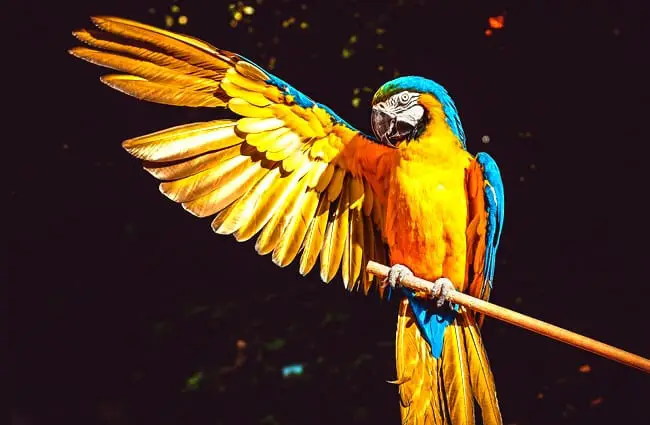
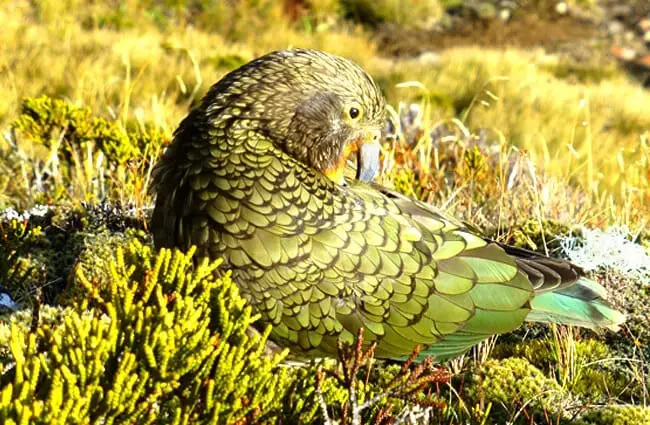
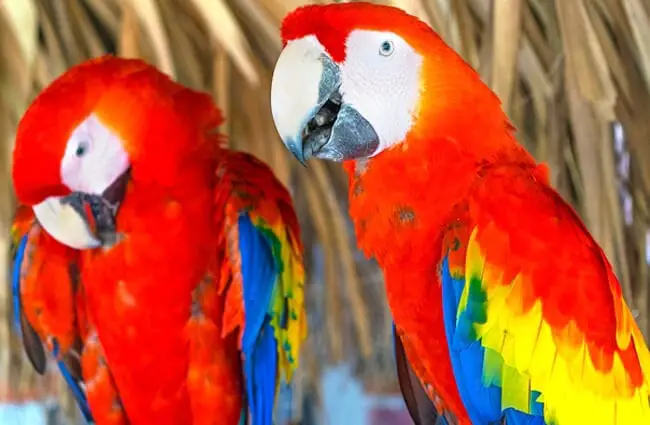



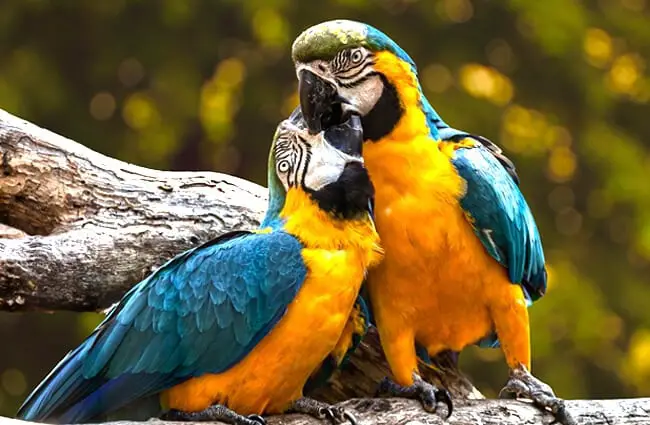
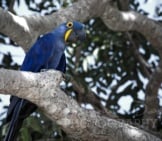
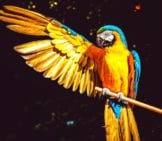
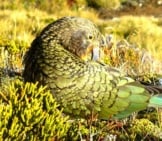
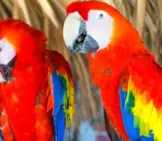

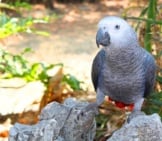
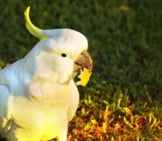

![Red Angus Closeup of a beautiful Red Angus cowPhoto by: U.S. Department of Agriculture [pubic domain]https://creativecommons.org/licenses/by/2.0/](https://animals.net/wp-content/uploads/2020/03/Red-Angus-4-238x178.jpg)












![Red Angus Closeup of a beautiful Red Angus cowPhoto by: U.S. Department of Agriculture [pubic domain]https://creativecommons.org/licenses/by/2.0/](https://animals.net/wp-content/uploads/2020/03/Red-Angus-4-100x75.jpg)

